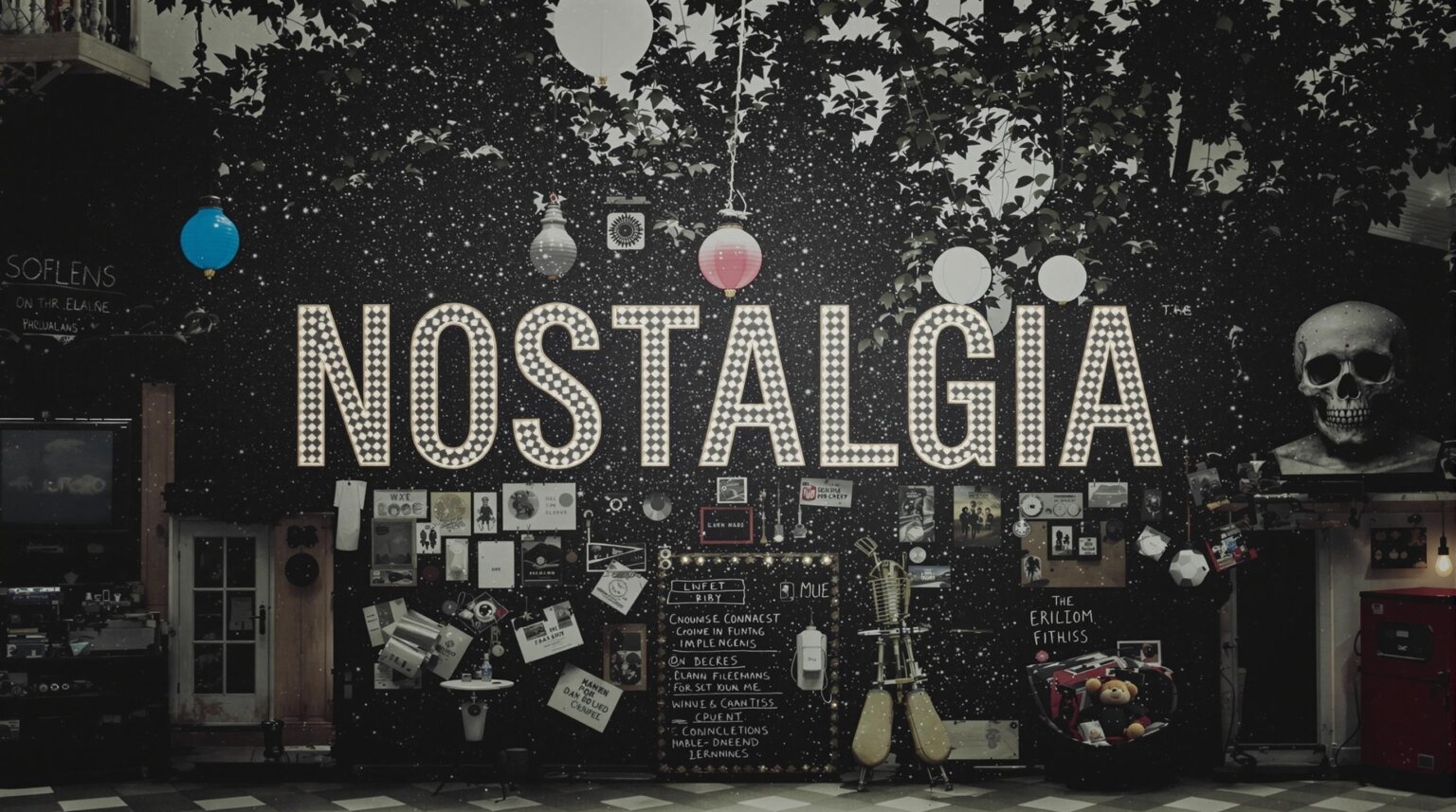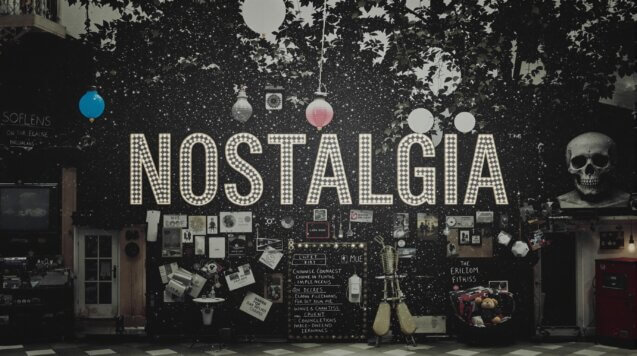Nostalgia is a powerful emotional driver in social media marketing. It taps into people’s longing for the past, often evoking feelings of comfort, happiness, and identity. When done right, it can forge deep emotional connections between brands and audiences.
The online Oxford Dictionary defines nostalgia as a sentimental longing or wistful affection for a period in the past. For example: “I was overcome with acute nostalgia for my days at university.”
Social media marketing campaigns which tap into this longing for the past and sentimental attachment to sounds, images and objects which remind someone of their personal journey through life, can be highly successful.
For example, someone who grew up in the eighties will immediately relate to pop music or sitcoms like Full House and The Cosby Show. A person who grew up in the sixties might remember the iconic moon landing, and someone who was a teenager in the seventies might recall wearing mini skirts and tie-dye shirts.
Consumers are emotional creatures and to grab their emotions means to grab their attention.
Why Use Of Nostalgia Works
There are many reasons why a campaign built around stirring audiences to reminisce and connect with sentimental experiences can be effective. Here are just some of them:
It Triggers Positive Emotions
Nostalgia triggers positive emotions, which can influence buying decisions and brand loyalty more than rational thinking. An interesting report by Psychology Today suggests that when evaluating brands, consumers primarily use their emotions. Personal feelings and experiences take precedence over information, such as brand features and facts, in selecting a product. According to studies, nostalgia triggers the brain’s reward system, releasing dopamine and making people feel safe, happy, or sentimental. That emotional warmth makes people more receptive to a brand’s message. For example, Coca-Cola’s holiday ads with the polar bears bring back cosy winter memories for people of different ages.
Shared Cultural Touchpoints
Referencing pop culture, toys, trends, or aesthetics from a specific era helps to create instant familiarity with a brand or product. An example would be Nike’s “You Can’t Stop Us” campaign which combined Covid-19-era resilience with global sports moments. The reason the campaign was so relatable is that it celebrated perseverance and unity through sports. It resonated globally with fans missing live sports and needing inspiration.
Multi-Generational Appeal
Campaigns using nostalgia have multi-generational appeal because they tap into shared memories, emotions, and aesthetics which evoke familiarity and comfort, regardless of age. The magic of nostalgia is that it bridges generational gaps by reactivating experiences that feel deeply personal but are also culturally widespread. Events like 90s cartoons, early 2000s music, or even the style of old packaging can spark recognition in multiple age groups, who either lived through it or grew up hearing about it.
Nostalgia-based campaigns also often become intergenerational conversation starters, encouraging parents to share stories with their kids, or millennials to reconnect with their Gen X parents over shared experiences. For example, Lego tapping into old franchises like Star Wars or Harry Potter appeals to both parents and children.
Social Sharing Magnet
We’ve all received shared messages from friends or family, starting with, “Remember these?”, or “Those were the days…” because users are more likely to share content that reminds them of their childhood, teen years, or simpler times.
Researchers have found that nostalgia in adverts triggers response, as emotions are often the stimulating factor behind decisive action. People will like a post because it feels good and they will share a post because it expresses something personal.
Looking Backwards To Move Forwards
It’s for this reason that social media markets must consider a person’s journey through life to effectively communicate with them, invoking such emotion that they are triggered to make a move. Sometimes to move forward in audience reach and impact, one has to look backwards! It’s not about dwelling on the past, but rather about recognising who your audience is at heart. Remember, if you grab hearts, you grab attention!










